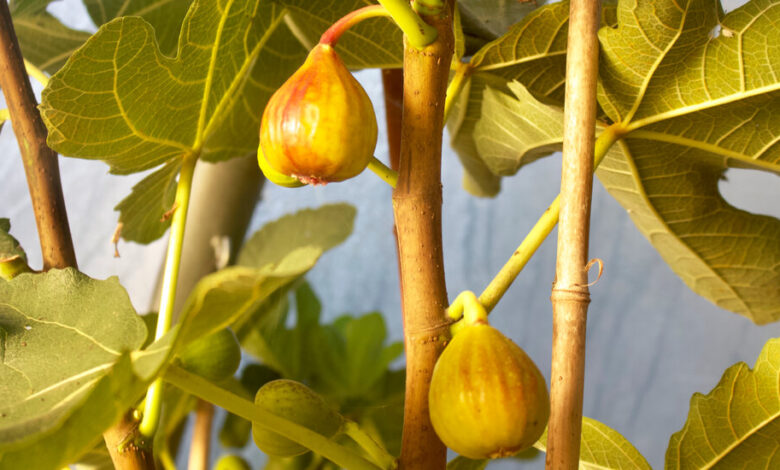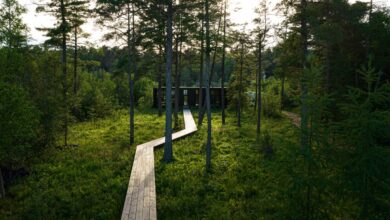How to Grow Figs in a Cold Climate

We should all be so lucky (or smart?) as to have a simple greenhouse like the one Mr. Reich has on his 2.25-acre property in New Paltz, N.Y., a 20-by-20-foot, poly-covered structure that he keeps minimally heated so the temperature doesn’t drop below 37 degrees.
Four of his figs are planted in the greenhouse’s dirt floor, trained as espaliers. It’s not just a figgery in there, however. The greenhouse is also home to a diversity of edibles, including mache, lettuce, kale and even celery in winter, along with spring’s flower seedlings and summer cucumbers.
But the no-frills way to grow a fig — in places where the winters are cold — is in a pot. That’s provided you have the right spot to stash it when the freezes arrive, as Mr. Reich does in his barely heated basement, where he has 15 potted trees.
Mr. Reich has long grown not just figs, but also the likes of medlar and pawpaw, among the plants featured in “Uncommon Fruits Worthy of Attention,” his forward-thinking 1991 book that influenced gardeners to consider a wider palette. Even with more common choices like blueberries, Mr. Reich pushes the limit, harvesting 190 quarts a year, for example, from highbush plants grown inside “our bird-proof blueberry temple,” an outdoor structure clothed on the sides in one-inch mesh and covered with netting at ripening time up top, too.
Among tree fruits, figs are distinctive. Most commonly grown temperate-zone possibilities, like apples and pears, produce their fruit on older wood, the previous year’s and earlier. Some fig varieties can do that as well, delivering what is called a breba crop early, on last year’s stems. But those best suited to growing in colder climates, including familiar varieties like Brown Turkey and Chicago Hardy, produce their main crop — sometimes their only crop — on new shoots.
Keeping the fig tree scaled down to container-grown proportions by pruning does not eliminate the possibility of harvest. To the contrary, success with figs in colder zones, Mr. Reich stressed, requires some combination of two practices: proper pruning and adequate protection.
Source link






